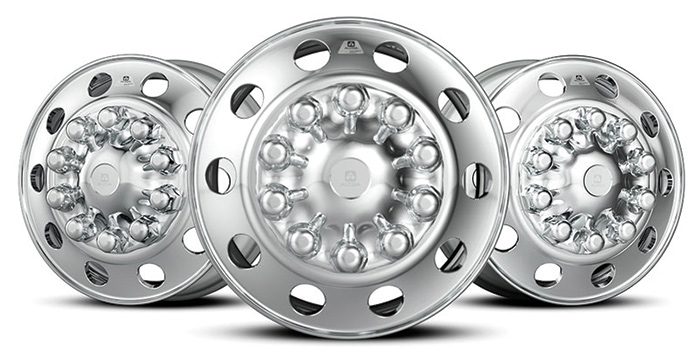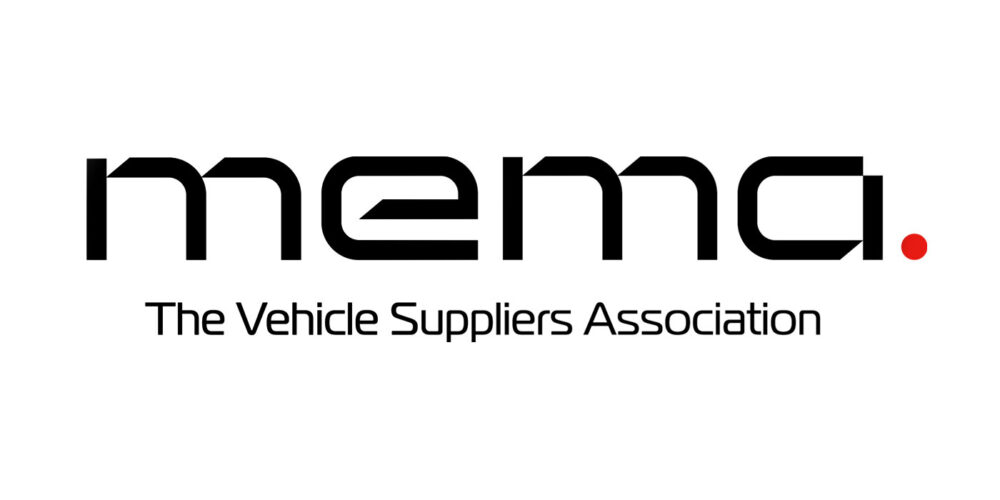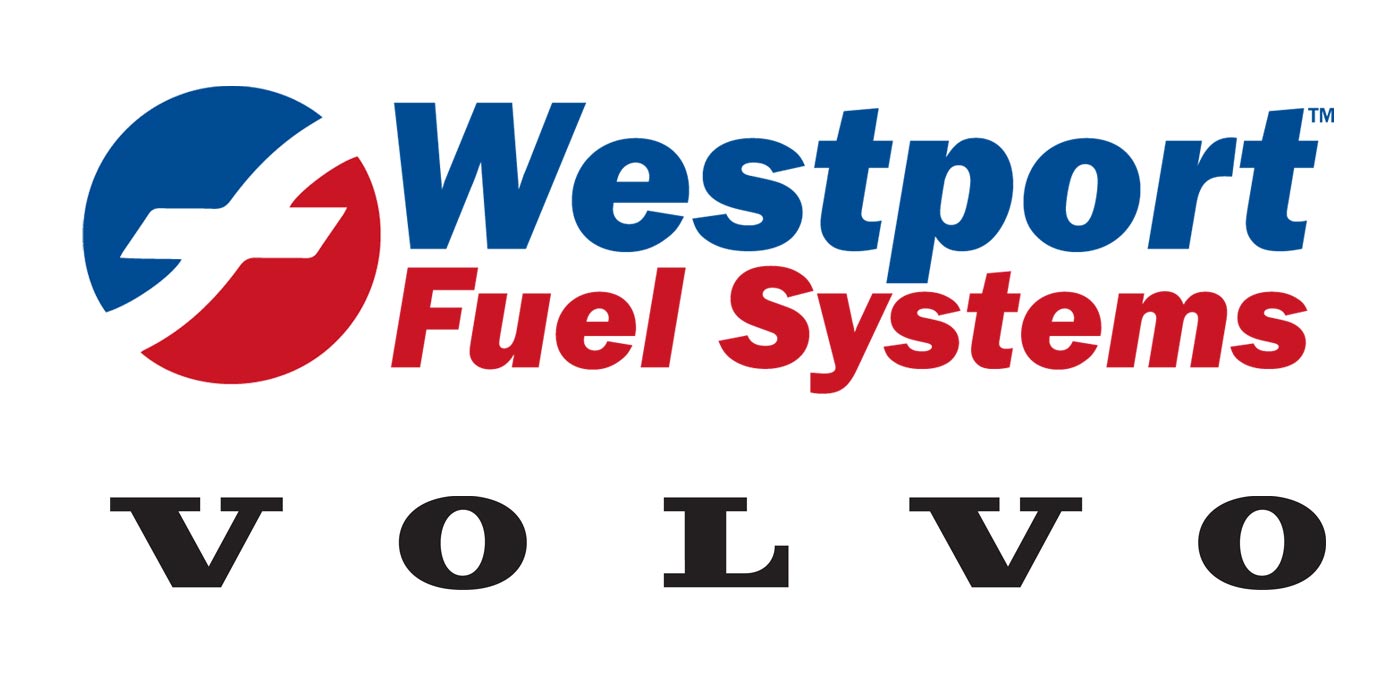Wheel life
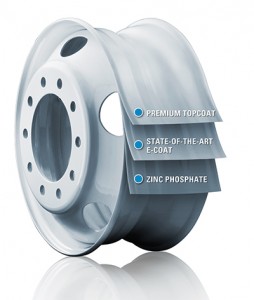 According to Maxion Wheels, in order to achieve long life performance of commercial vehicle steel wheels, it is important to follow all industry, OEM, and component manufacturer’s recommendations. This all begins with understanding the type of vehicle, the intended use or duty-cycle, vehicle speed, environment, and any other customer expectations by which the wheels will be used.
According to Maxion Wheels, in order to achieve long life performance of commercial vehicle steel wheels, it is important to follow all industry, OEM, and component manufacturer’s recommendations. This all begins with understanding the type of vehicle, the intended use or duty-cycle, vehicle speed, environment, and any other customer expectations by which the wheels will be used.
“Since the introduction of hub-piloted wheels, proper maintenance, and application, steel wheels are designed to meet the life of the vehicle,” says Denny Weisend, director of commercial vehicle steel wheel sales for Maxion. “Simply stated: when used in proper service environments, we do not see failures associated with hub-piloted wheels. Beyond industry standards for wheel designs, Maxion Wheels establishes strict requirements to exceed the strength and durability demands of our customers. In our design criteria, we do not design a ‘disposable’ steel wheel.”
“When properly cared for (not overloaded, etc.), aluminum wheels will last the lifetime of the vehicle,” Alcoa’s Thomas says. “Some companies, like Alcoa, offer a five-year warranty; however, many of Alcoa’s wheels remain on the road for decades.”
Maintenance
“Wheel maintenance is a significant contributor to the overall efficiency, lifetime operating costs and appearance of commercial vehicles, and when spec’ing wheels for fleets, fleet managers should consider these factors when making their equipment selections: Washing, image and appearance; wheel torque retention; wheel offs and curbing damage are some of the most common maintenance concerns fleets run into with wheels,” Thomas says.
Maxion’s Weisend lists the following maintenance concerns that fleets run into when it comes to wheels: torque maintenance practices, fastener quality and maintenance, proper cleaning and wheel appearance.
Inspections
As with most aspects of any vehicle, visual inspections are crucial to identifying potential problems with the wheels. Key areas to keep an eye out for when inspecting wheels, according to Maxion’s Weisend, include:
- Cracks in the disc or weld;
- Bent flanges;
- Flange wear;
- Surface pitting or corrosion;
- Flatness and wear of disc mounting/mating surfaces;
- Fastener degradation.
“The user should contact the vehicle and/or wheel manufacturer for any questions or issues related to inspection of wheels,” Weisend adds. “The frequency of inspection of wheels is dependent upon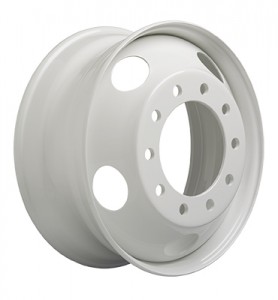 the service environment for which the wheel is used.”
the service environment for which the wheel is used.”
“Be sure to look for irregular wear, cracks, etc.,” Alcoa’s Thomas advises. “Also, overloading beyond weight limit is one of the biggest threats that can decrease life. Alcoa places a heat-sensitive sticker on every wheel to monitor load rating. The sticker senses heat and will change color if the load is too heavy, giving warning to overloading and potential safety issues.
“Additionally,” he continues, “fleets and drivers should inspect rim flange wear, or irregular wear. This occurs on the surface of the rim flange of any commercial vehicle wheel and is caused by abrasion from the tire chafer and sidewall. This can be a concern for fleet managers. Rim flange wear happens most often in applications with heavy or shifting loads, such as in the refuse market.
There are recommendations to consider using in order to ensure optimal rim flange maintenance. Some types of aluminum wheels feature a specially treated rim flange that extends wheel service life for heavy-haul and shifting load applications. This design feature makes these protected wheels most appropriate for applications where loads are heavy and prone to shifting, causing tire walls to rub against the wheel rims.”
Both companies were quick to point out that TMC guidelines should be followed when conducting these inspections. That’s always good advice, but it’s especially important when dealing with heavy-duty tires and wheels. According to statistics found in Alcoa’s Wheel Service Manual, when the event involves heavy tires and wheels, one in every 10 serious accidents is a fatality—so following the appropriate guidelines is crucial.

